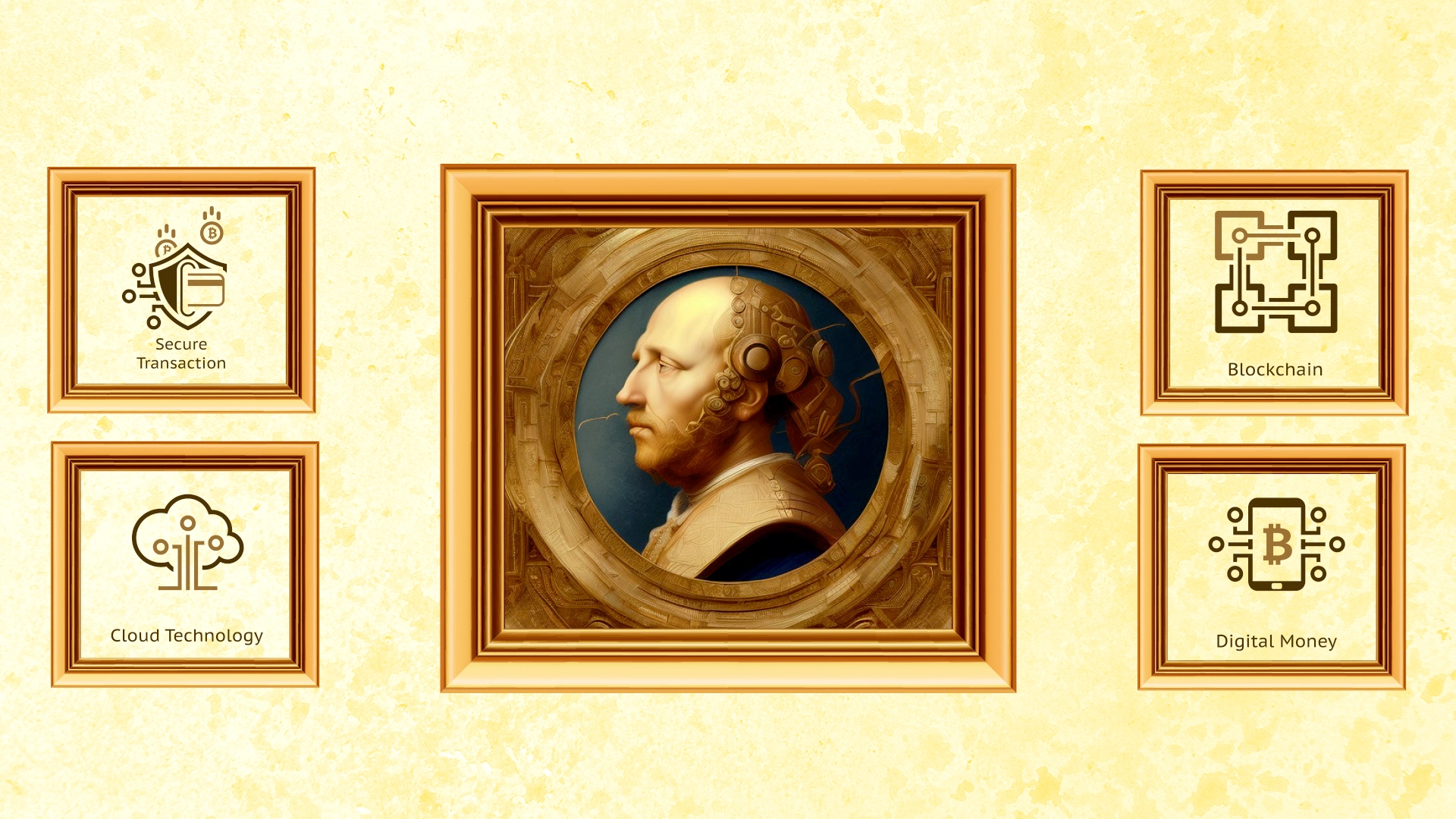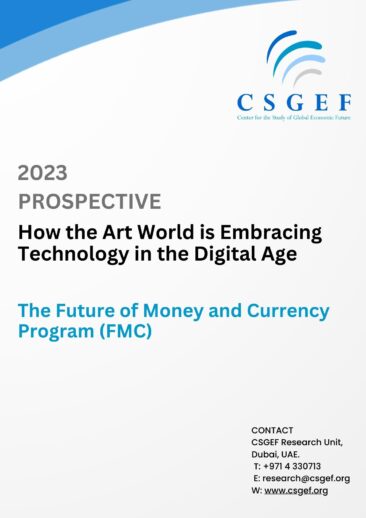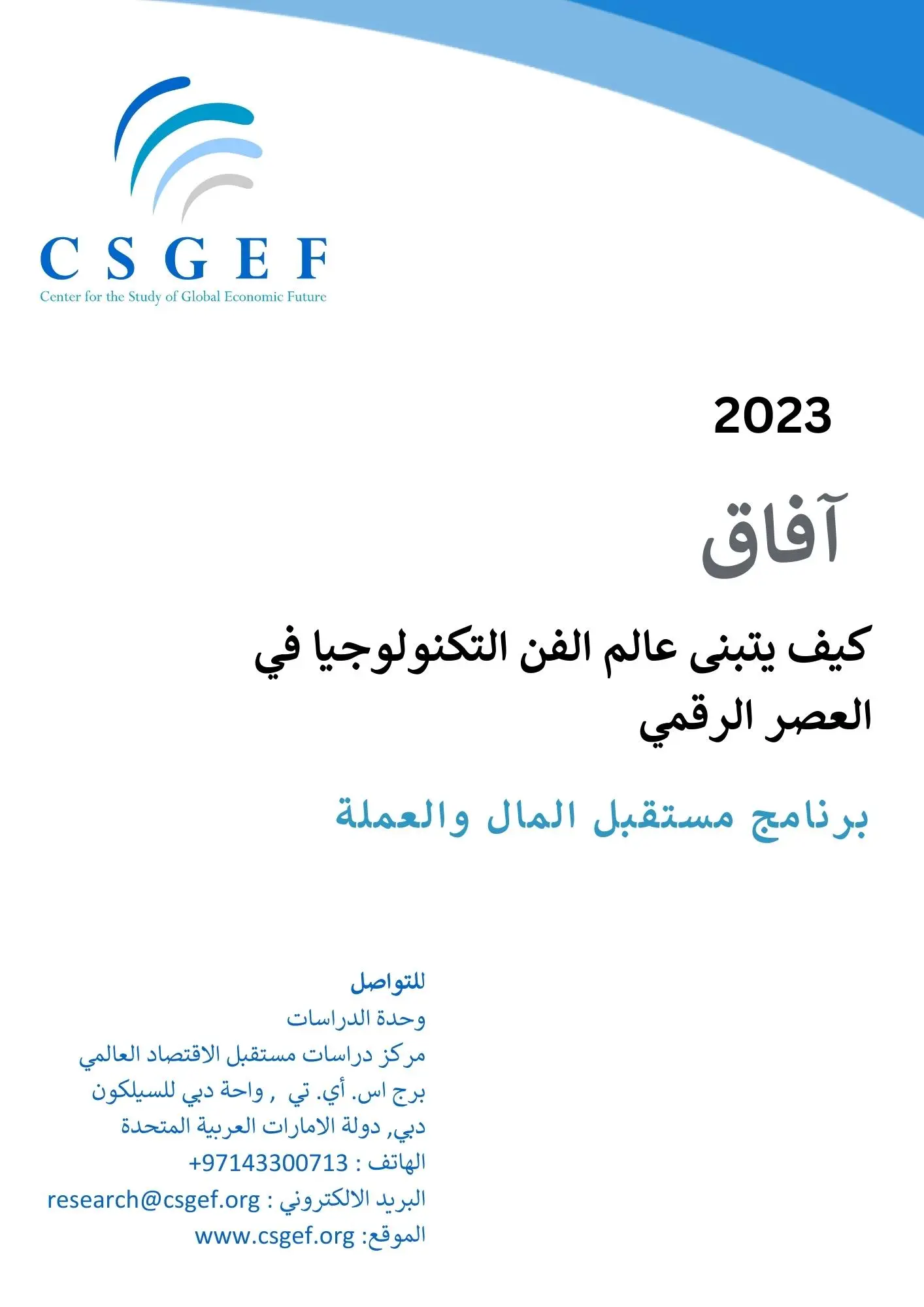How the Art World is Embracing Technology in the Digital Age
The art market has the power to be a champion of modernization in finance. Though many of the world’s financial and economic battles are fought in the private investment sector and among governmental agencies, the art market has a unique ability to trial innovative technological efforts before they are delivered on a larger economic stage.
The art market’s distinctive place in the global economy has been solidified through years of its parallel operation in formal and informal markets, as well as art’s ability to carry value efficiently through turbulent economic times. This idea is supported through data from the financial crisis of 2009, during which Ugo Scalia Art Advisory reports, “ while sales volume at auction [shrunk] by 27.2% that year, the S&P fell twice as much with a 57% loss; and it took only 2 more years for the art market to exceed its 2007 level, while the stock exchange had to wait until 2013 to do so.” This shows that much of the liquidity that was created during the economic downturn was reinvested into artwork, reinforcing the idea of art as a reliable store of wealth for difficult times. At the same time, people who have diversified wealth into art are also looking for ways to keep up with ways to better manage their assets, track provenance of their pieces, and better understand how their financial situation can benefit from forays into art.
Given its long-term reputation as a resilient asset and the background above, art must also adapt to consumer interests and technological trends. The Covid-19 pandemic forced many art auction houses to adapt to online formats for selling pieces, with one leading player stating, “The buyer demographic across our online sales is particularly striking: almost 40% are new to us and 30% are under 40 years old.” As is the case in any industry, leaders in the art world must readily adapt to technological change. Cloud companies are uniquely positioned to help players in the art world adapt to emerging technologies and enable their evolution as leaders in the financial space.
Art’s opportunity
The unique economic features of the art sector and the influential members of its active community give it the ability to lead in financial innovation. Viewed in this light, leading art auction houses can act like central banks, functioning as laboratories for innovation with emerging financial technologies like digital assets, blockchain, artificial intelligence and governance tools. With their centrality in the art microeconomy, they can mandate regulatory, technological, and social change, much like national banks. As a result, leaders in the art world can play a pivotal role in developing norms for financial modernization, starting with meeting strong regulatory standards, cost-optimization in due diligence and sales procedures, along with guidelines for the utilization of generative AI in the industry.
Synergies between tech and art
In September 2022, some art auction houses began to dive deeper into the Blockchain Data Platform — which signaled a move to more transparent art transactions, a secure blockchain-native platform for sales, and the inclusion of sales tax. Since the Fine Arts Experts Institute in Geneva estimates the percentage of misattributed or forged artwork at 50%, blockchain-based art sales platforms establish more transparent beneficial ownership trees and provenance. As Coin Central highlights, through this type of ownership platform, “the token transactions are stored publicly, so you, as a buyer, can easily track the entire history of ownership back to the artist. If the token doesn’t originate with the artist’s wallet, the artwork is a fake.”
In 2020, one art auction house debuted a market-tracking tool called “Articker,” which has impressively shown the growth of artists and sales of their artwork. For example, Articker data cases can “illustrate the correlation of art market trends to media trends,” with the data tool offering awareness of growing talent and emerging industry developments.
Beyond these examples, since 2021, auction houses have been making similar forays into the digital space by co-hosting global digital art fairs, selling many pieces worth more than US$1 million, widely launching metaverse activities in 2021, and hosting exclusive NFT and digital art sales multiple times a year.
What do all these commitments to technology mean for the art space? An embrace of digital tools by the traditional world of art — a modernization trend that is sure to transform the space for years to come.
Empowering leaders in the art world
Though the traditional art world can sometimes appear stagnant in the face of digital innovation, leading auction houses have proven that they can also adapt to changing client preferences and new technology. As they continue on their modernization journey, they will find themselves at the front end of financial innovation as they build tools to accept new payment methods, verify buyers/sellers, further discourage the transit of dark money, and support the transfer of novel forms of art. Cloud companies and their infrastructure toolkits are positioned to be part of this modernization.
Statements and views expressed in this commentary are solely those of the author and do not imply attribution or endorsement by Amazon Web Services.










